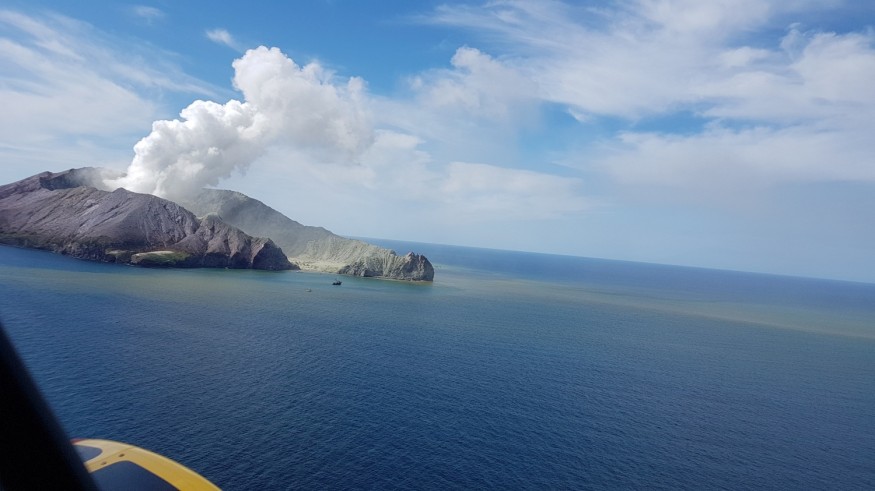
Despite the previous claim that criminal charges might be filed on behalf of the White Island eruption victims for negligence, law experts in New Zealand revealed that it is not possible due to the "accident compensation scheme".
In 2010, a mine explosion occurred in New Zealand's South Island which killed 29 workers. This led to the introduction of the accident compensation program.
The said program involves a full medical coverage funded by the New Zealand coverage for all victims, including foreigners, in exchange of absolving the threat of lawsuits against whoever is responsible for them.
According to Simon Milne, a tourism professor at Auckland University of Technology, this compensation system is what led to adventure tourism industry in the country, which would have "difficulty in being established" in other countries.
However, the retired law professor Bill Hodge, who also agreed with Milne, said that a specific employee of a touring company can be sued if any negligence on his part was proven.
A special treatment?
Although New Zealand is a popular tourist destination for those who do want to visit an active volcano, analysts claimed that the system in the White Island is rather different from the rest.
Privately owned by the Buttles, the uninhabited island of Whakaari is said to be regulated by a government agency rather than by the local council. This is because it is outside the jurisdiction of the district government resulting in the absence of "formal structure" for local civil protection planning, according to Greg Brownless, the former chair of the crisis management group for Bay of Plenty where Whakaari is located.
While an agreement that the local authorities will take over in case of an eruption crisis occurred was made in 2017, Brownless said that the committee was only responsible for the afterment, not on prevention causes.
Additionally, its tourism operations is only guided and not dictated by the geohazard alert level. That means the operators still have control no matter what the local geohazard agency GNS announced, according to GNS volcanologist Bradley Scott.
On Monday, the GNS announced raised the alert level of Whakaari to Level 2 due to an increased volcanic activity. While in some countries, this will call for actions like evacuations, volcanologists said that it still does "not pose a direct hazard to the visitors".
The four tour companies in Whakaari and even the Buttles have yet to release a statement about the safety decisions made for the visitors of the volcano before its eruption.
"It must be reviewed."
Scott himself said that the potential risks of volcanic activities is not "probably very well understood by everyone".
In regards to how the information provided by the GNS is interpreted differently depending on the place, analysts said that it should be changed to be more consistent.
Volcanologist Shane Cronin of the University of Auckland calls for the "soul-search" on how the geohazard alert system is understood and used.
The tourist's access to other volcanoes like Mt. Ontake in Japan, Mt. Yasur in Vanuatu, and Kilauea in Hawaii were already sparking hot debates after multiple people died. But for Professor Milne, the case of White Island needs more examination.
Compared to other volcanoes, the White Island is only 700 meters away from the crater which gives less opportunities and places to run to during an eruption, said Milne.
Known as the most active volcano in New Zealand, Whakaari has erupted several times over the past years. Despite that, it is still easily accessible. In fact, one of the survivors, American tourist Michael Schade, said that he was at the crater about 30 minutes before the eruption.
On Friday, four days later after the eruption, the military has conducted its first recovery mission in the island.
© 2025 NatureWorldNews.com All rights reserved. Do not reproduce without permission.





